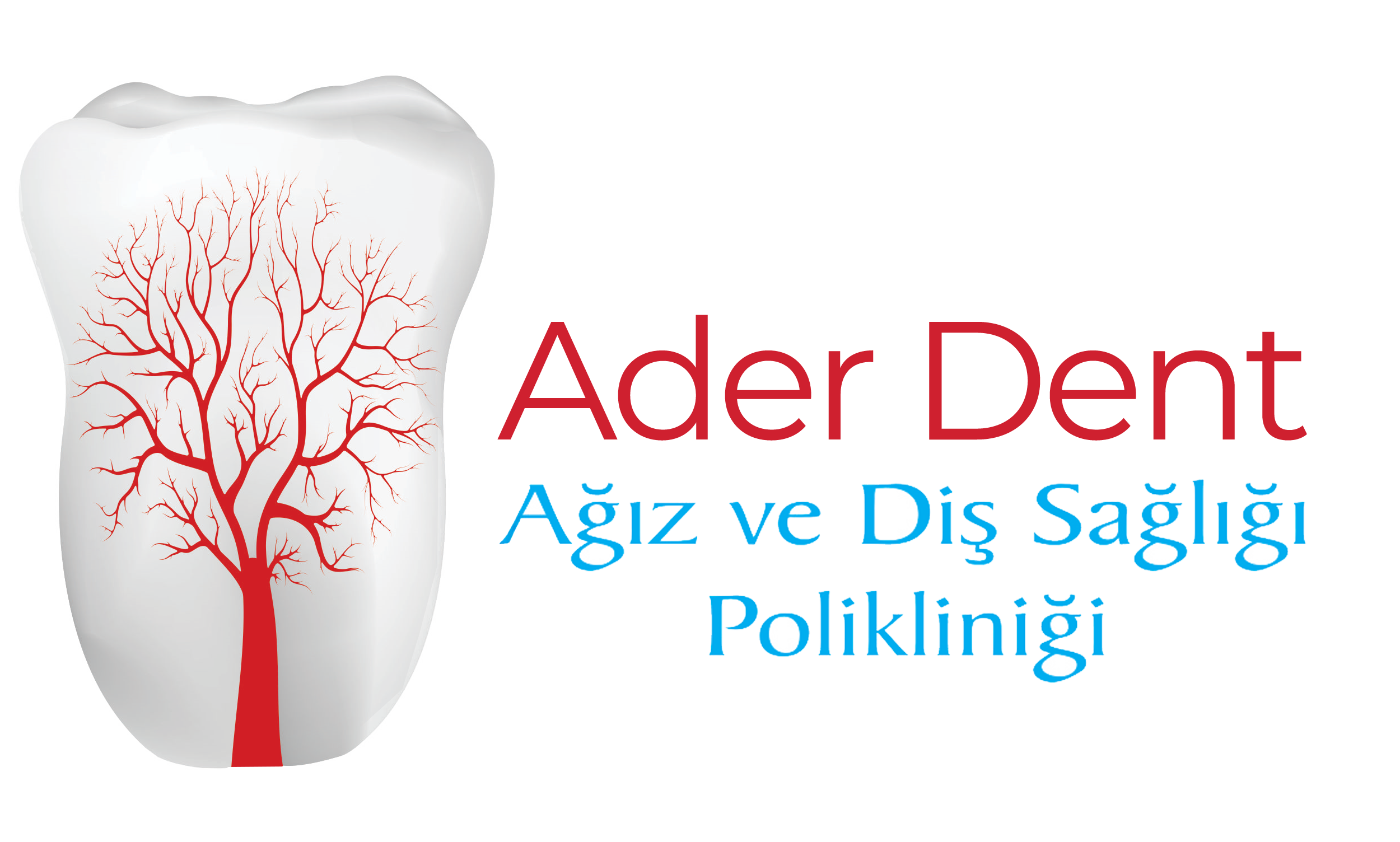When selecting vital teeth whitening techniques, several factors must be considered. These include the patient's expectations, treatment costs, types of discoloration, and the difficulty level of the whitening procedure. Before starting the whitening process, tartar and other negative effects on the teeth should be eliminated to ensure more effective results. In this article, we will explore what teeth whitening techniques are in detail.
Vital Teeth Whitening Methods
In-Office Whitening (Office Bleaching)
In-office whitening is a method performed by a dentist in a polyclinic setting and produces faster results than at-home treatments. Before the procedure, teeth are polished and the initial shade is documented with photographs. During the process, the gums are protected from the bleaching agent with a special barrier.
Petroleum jelly or cocoa butter may also be applied to protect the gums from the bleaching agent. Additionally, LED lights or lasers may be used during the procedure to enhance its effectiveness. Sessions typically last 30–45 minutes, and teeth are cleaned after treatment.
If the desired result is not achieved, additional sessions may be required. For discoloration caused by aging, fluorosis, or tetracycline use, more sessions may be necessary. A combination of in-office and at-home whitening can provide longer-lasting results.
Some patients may experience sensitivity after whitening. In such cases, potassium nitrate or fluoride gels can be applied. Pain relievers may also be recommended. After the procedure, it is advisable to avoid extremely hot or cold foods and beverages.
At-Home Whitening (Home Bleaching)
At-home whitening involves creating custom trays based on molds taken by the dentist. Whitening gel is applied inside the trays, targeting the front surfaces of the teeth, and worn for several hours each day. Desired results can typically be achieved within 1–2 weeks.
However, this method may not be sufficient for teeth that have undergone root canal treatment or those with dark stains such as tetracycline discoloration, since the gel used has a lower concentration to prevent damage to the teeth.
What Causes Tooth Discoloration?
- Physiological discoloration that occurs throughout life
- Discoloration caused by amalgam fillings
- Antibiotic use during infancy
- Antibiotic use during pregnancy
- Internal discoloration due to root canal treatment
- Surface staining from coffee, tea, tobacco, red wine, and long-term mouthwash use
- Discoloration from internal bleeding following trauma and pulp damage
How Is the Teeth Whitening Procedure Performed?
Teeth whitening is generally performed using two main methods: in-office whitening and at-home whitening. In-office whitening is carried out in a polyclinic environment by a dental professional using specialized equipment and high-concentration bleaching gels.
This method produces noticeable results in a short time and is often completed in a single session. At-home whitening involves applying a whitening gel into custom-fitted trays, which the patient wears at home for specific periods.
While at-home whitening provides slower results, it allows patients to follow their own schedule. In both methods, the bleaching gels initiate chemical reactions that remove stains and discoloration, resulting in a lighter tooth shade.
Is Teeth Whitening Permanent?
Although teeth whitening is an effective method to brighten teeth, it is not permanent. Over time, the newly achieved tooth color can change again due to natural aging, dietary habits, and lifestyle factors. The whitening effect typically lasts between 1 to 2 years, but this duration can vary from person to person.
Habits such as smoking, frequent consumption of coffee, tea, or colored foods can lead to the reappearance of stains and reduce the longevity of the whitening effect. Therefore, regular oral hygiene and following the dentist’s recommendations for maintenance are crucial.
Can Teeth Become Sensitive After Whitening?
Some patients may experience temporary tooth sensitivity after whitening. This sensitivity usually occurs due to the active ingredients in the whitening gel penetrating the enamel and dentin, causing temporary stimulation of the tooth nerves. During this time, patients may feel more sensitivity to hot or cold foods and drinks.
The sensitivity is usually mild and short-lived, often subsiding within a few days. Dentists may recommend special gels containing potassium nitrate or fluoride, desensitizing toothpastes, or professional fluoride treatments to ease the discomfort. If sensitivity persists, it is essential to consult a dentist.


 TR
TR




